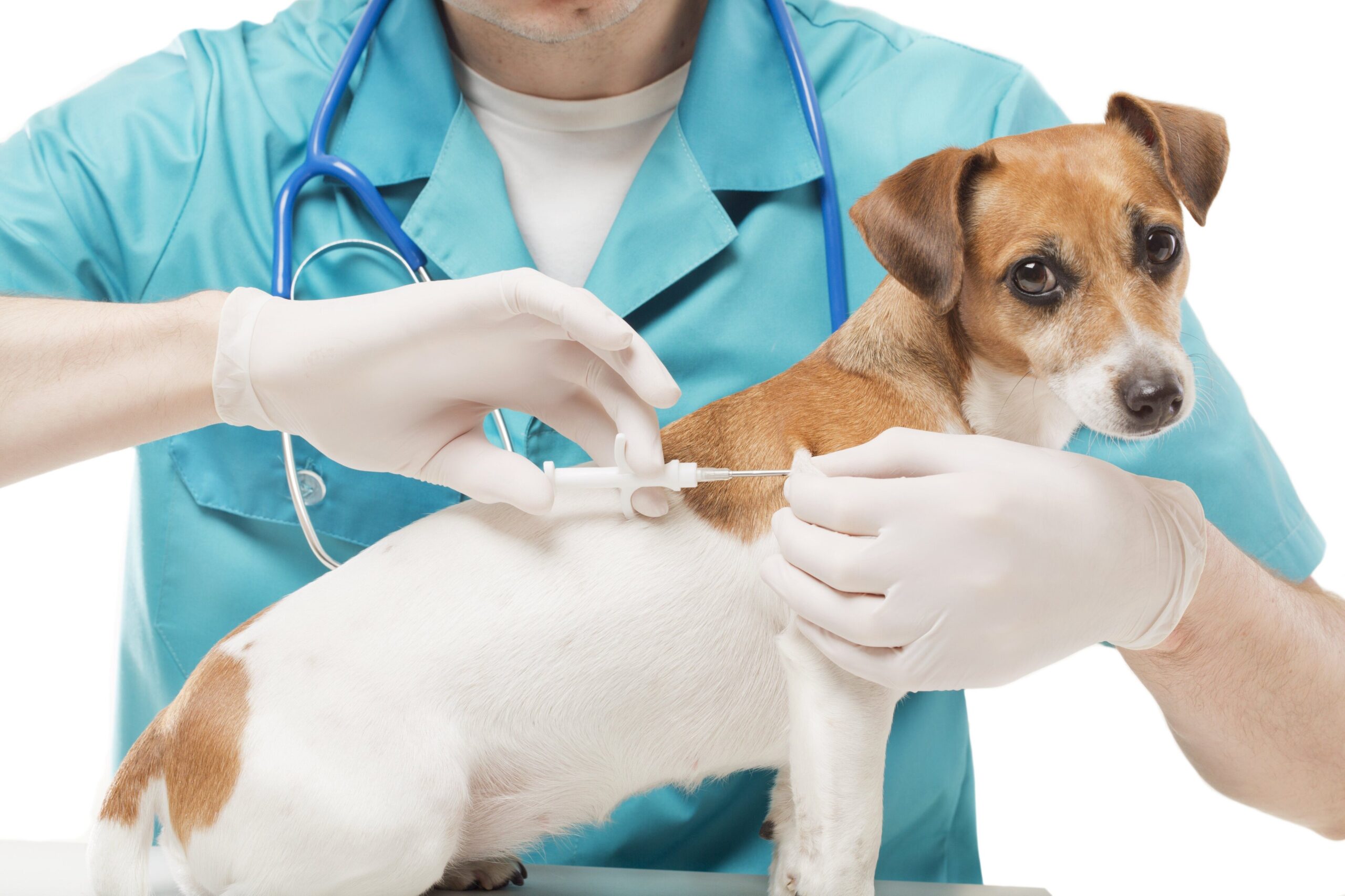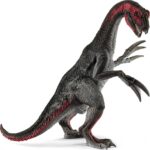As a pet owner, it’s natural to want to share the foods you enjoy with your dog, but not all human foods are safe for our furry companions. One food item that often sparks concern among dog owners is pork chop bones. While dogs have a reputation for loving bones, certain types can pose serious health risks. In this article, we will explore whether dogs can safely consume pork chop bones and the potential dangers they may face.
The Risks of Giving Dogs Pork Chop Bones
While dogs have been chewing bones for thousands of years, not all bones are suitable or safe for them. Pork chop bones, specifically, can be particularly hazardous for a number of reasons.
1. Splintering Hazard
One of the primary concerns with pork chop bones is that they can splinter easily. When dogs chew on bones, especially cooked ones, the bone can break into sharp pieces. These splinters can cause serious harm, such as:
- Mouth injuries: Sharp bone fragments can cut the gums, tongue, or the inside of your dog’s mouth, leading to pain and infection.
- Choking: Small, sharp bone pieces can get lodged in your dog’s throat, posing a choking hazard.
- Intestinal damage: If your dog swallows splintered bone fragments, they can puncture the digestive tract, causing serious injuries, infections, or even a life-threatening condition known as peritonitis (inflammation of the abdominal cavity).
2. Cooking Hazards
Pork chop bones are often cooked, and cooked bones are much more dangerous than raw bones. When bones are cooked, they become brittle and more prone to splintering. This makes them significantly more hazardous than raw bones, which are softer and more flexible. Cooking also reduces the nutritional value of the bone, making it less beneficial to your dog.
3. Digestive Blockage
Swallowing large chunks of pork chop bones could lead to a blockage in your dog’s digestive system. This can cause vomiting, diarrhea, abdominal pain, and in severe cases, require surgical intervention. Bone blockages are a common issue in pets, and pork chop bones, with their irregular shapes and sharp edges, can make the situation worse.
What Happens if Your Dog Eats Pork Chop Bones?
If your dog accidentally eats a pork chop bone, it’s important to monitor them closely for any signs of distress. Symptoms of bone ingestion or injury may include:
- Vomiting or gagging
- Drooling excessively
- Painful or slow bowel movements
- Lethargy or reluctance to move
- Loss of appetite
- Abdominal bloating or swelling
If you notice any of these symptoms, it’s crucial to contact your veterinarian immediately. In some cases, your dog may need medical attention, including X-rays or endoscopy, to remove the bone or address any internal damage.
Safer Alternatives for Dogs
While pork chop bones are not safe for dogs, there are safer alternatives that can provide your dog with the chewing satisfaction they crave without the risks. Here are some bone options that are generally considered safer:
1. Raw Bones
Raw bones are often recommended over cooked bones because they are less likely to splinter. If you choose to give your dog a raw bone, ensure it’s large enough that they cannot swallow it whole. Beef or bison bones are commonly given to dogs, as they are strong and durable, but still soft enough to chew on safely.
2. Recreational Bones
Recreational bones, such as soup bones or marrow bones, are designed for dogs to chew on for extended periods. These bones are typically raw and have little to no risk of splintering. However, always supervise your dog while they are chewing to prevent accidental swallowing of large pieces.
3. Synthetic Chews
For a more controlled and safe option, synthetic dog chews are widely available. These chews come in various shapes, sizes, and textures, mimicking the satisfaction of chewing on a bone but without the risks. Some popular options include rubber bones, nylon chews, and edible dental chews.
4. Frozen Carrots or Apples
For a natural, safe alternative, consider giving your dog frozen carrots or apple slices (with the seeds removed). These options provide a satisfying crunch and are much gentler on their teeth and digestive system.
Signs of Bone-Related Injury or Obstruction
If you’re concerned that your dog may have suffered an injury from chewing on a pork chop bone or another type of bone, it’s essential to be aware of the warning signs of a bone-related injury or obstruction. In addition to the symptoms mentioned earlier, look for the following:
- Behavioral changes: If your dog becomes unusually anxious, restless, or starts pacing, it could indicate discomfort from internal injuries.
- Blood in the stool or vomit: This can be a sign of internal bleeding, which is a serious concern if your dog has swallowed bone fragments.
- Excessive licking or pawing at the mouth: If your dog is pawing at their mouth or licking excessively, they may be in pain from an oral injury caused by a bone splinter.
- Abdominal tenderness: Gently palpating your dog’s stomach to check for any unusual swelling or tenderness can help you spot potential internal issues.
Veterinary Advice

Before giving your dog any type of bone, it’s always a good idea to consult with your veterinarian. They can provide guidance on safe options for your specific breed, size, and health condition. In some cases, your veterinarian may recommend avoiding bones altogether, particularly for dogs with a history of digestive issues, dental problems, or a tendency to swallow large pieces of food.
Conclusion
While the idea of giving your dog a pork chop bone might seem like a treat, the risks far outweigh the potential benefits. Cooked bones, including pork chop bones, can splinter easily, causing severe injuries to your dog’s mouth, digestive system, or even lead to choking. The dangers of bone ingestion or injury are significant and should not be underestimated.
Instead of pork chop bones, consider offering your dog safer alternatives such as raw bones, recreational bones, or high-quality synthetic chews. Always monitor your dog while they’re chewing and consult your vet for personalized advice. Remember, your dog’s health and safety should always come first when deciding what treats to give them.



